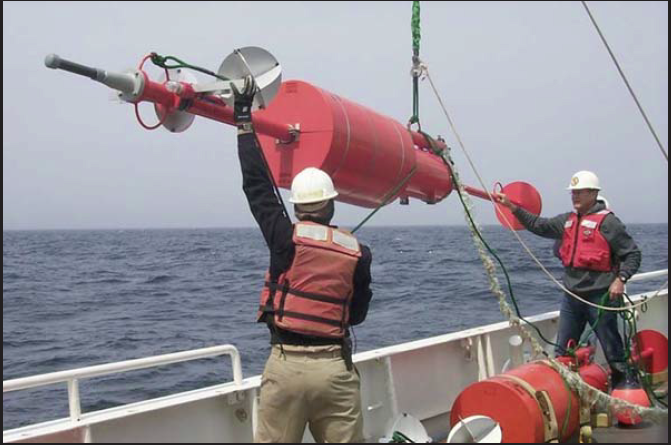The US Naval Research Laboratory (NRL) in Washington D.C. is now equipped with an M2 Cusing machine and supporting systems from German additive manufacturing company Concept Laser.
John Murray, President and CEO of Concept Laser, says,
There are so many advantages of 3D metal printing that our defense strategy could benefit from, including reduced lead time, less material waste, and printing complex geometries with no required assembly.
The biggest 3D printing deal to date
Concept Laser is a market leader for powder bed-based laser metal additive manufacturing systems. As such, their success caught the attention of industrial engineering and capital conglomerate GE, headquartered in Connecticut.
Inside the M2 Cusing Multilaser machine. Clip via Concept Laser GmbH on YouTube
In December 2016, GE acquired a 75% controlling stake in Concept Laser for $599 million. The takeover is part of GE’s billion dollar investment in their additive manufacturing capacities, and includes the purchase of Sweden’s Arcam AB, that specializes in electron beam melting (EBM) technology.
In an in depth review of GE’s Additive Technologies, 3D Printing Industry editor-in-chief Michael Petch adds further detail to how GE Additive are broadening their expertise.
Underwater vehicles and sonar
With the M2 Cusing machine, the Navy plans to work primarily with Stainless Steel powders produce parts. The 3D printer is also supported by Concept Laser’s QM Meltpool 3D system. This system links an embedded sensor and a camera to quality control software, and TCL WRX Parameter for design.
Dr. Charles Rohde from the NRL Acoustics Division says,
We require a wide range of Additive Manufacturing (AM) capabilities, ranging from quality monitoring to process parameter development, and need an architecture conducive to that research and development effort.
The NRL Acoustics Division is focused on improvements to the Navy’s ability to generate and read sound signals, through submarine devices, vessels and in relation to accompanying aircraft and other vehicles.
Applications include risk assessment and gathering intelligence as the Acoustics Division continues to develop remotely operated underwater vehicles (ROVs).

As previously reported on 3D Printing Industry, the material economy and lightweight design of ROVs can be greatly improved by a combination of CAD and 3D printing.
The US Navy is alone in exploring the use of additive manufacturing for marine applications. In November 2016 the National Institute for Shipping and Shipbuilding (NISS) in the Netherlands released a 30+ year blueprint for construction in the maritime industry, the group expect 3D printing to turn shipbuilding on its head. Furthermore, we recently reported on how parts fabricated by Sciaky will see service in a submarine destined for arctic exploration.
For the latest news about metal additive manufacturing acquisitions and applications, subscribe to the 3D Printing Industry newsletter and follow our active social media channels.
Featured image shows US Naval vessels at sea. Photo via the US Naval Research Laboratory on Facebook



